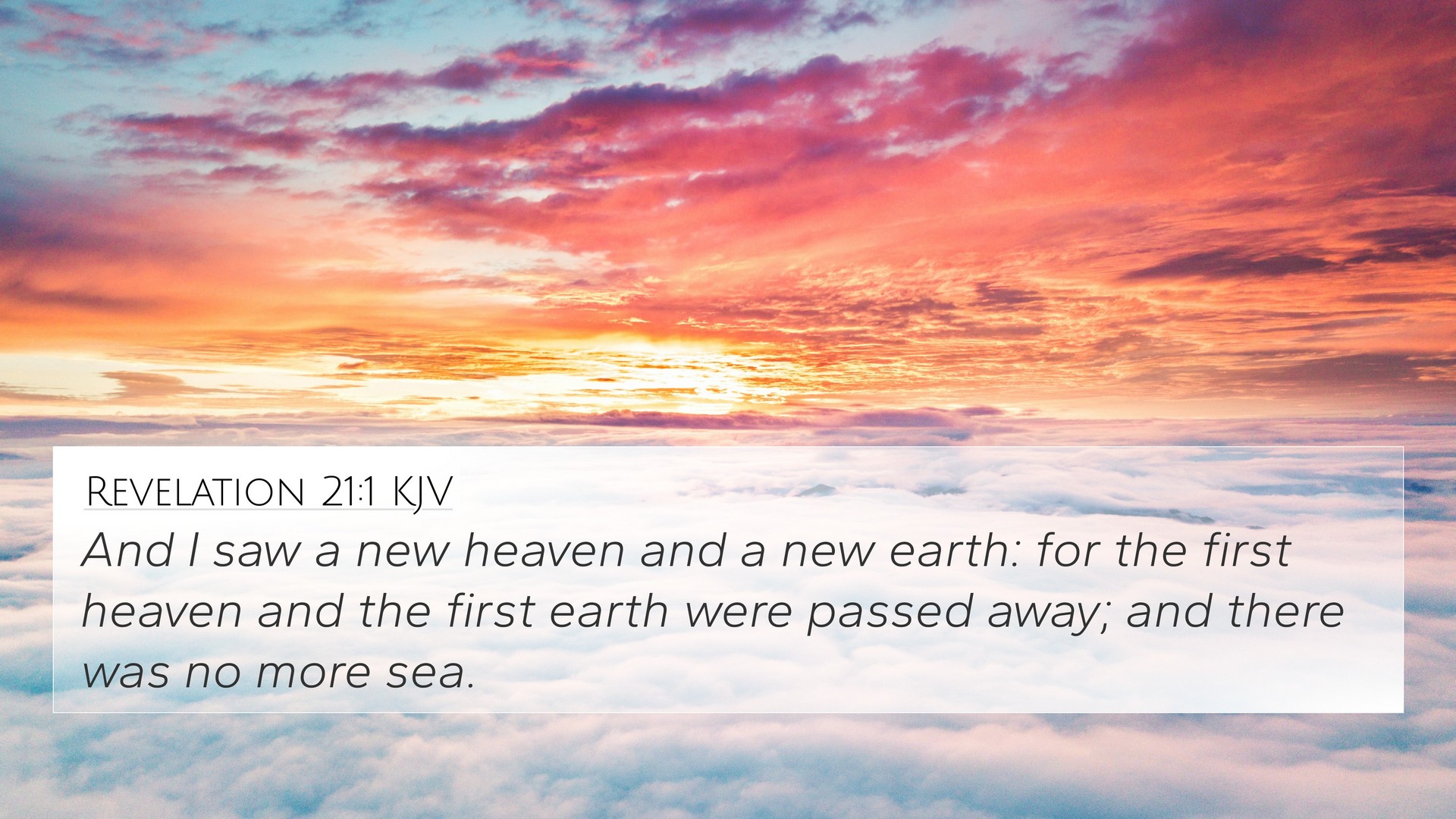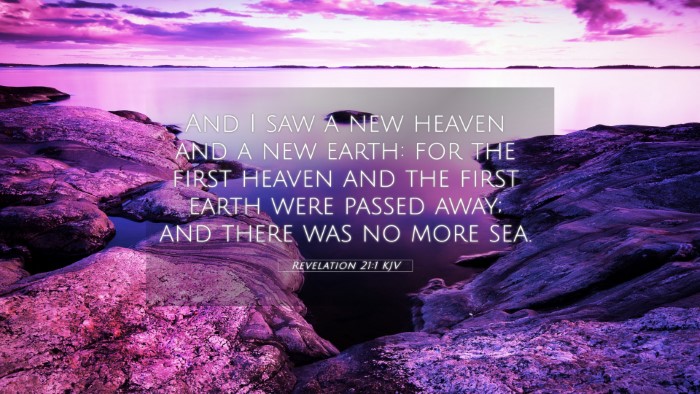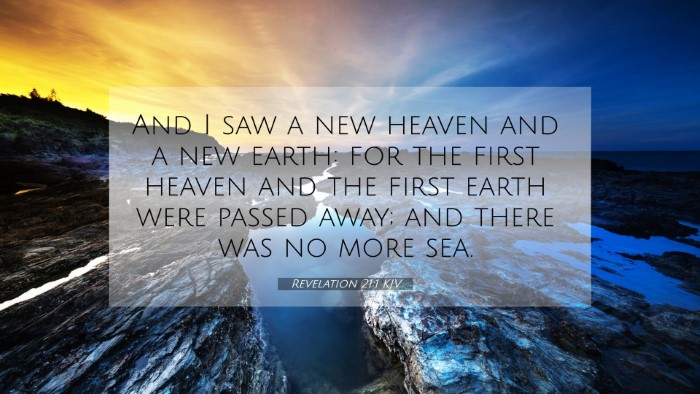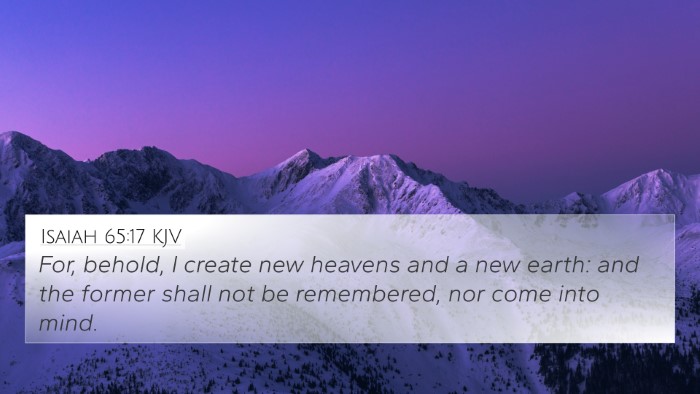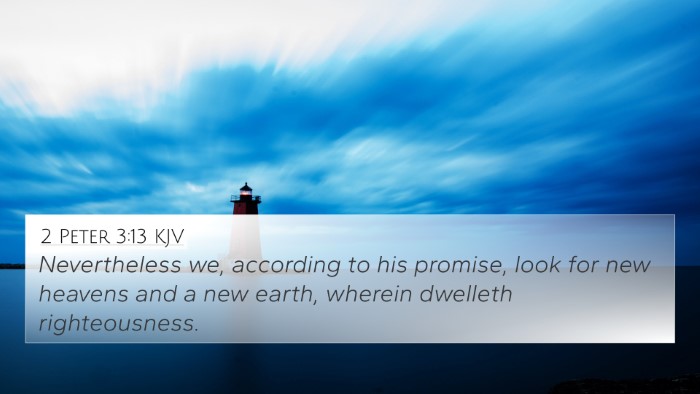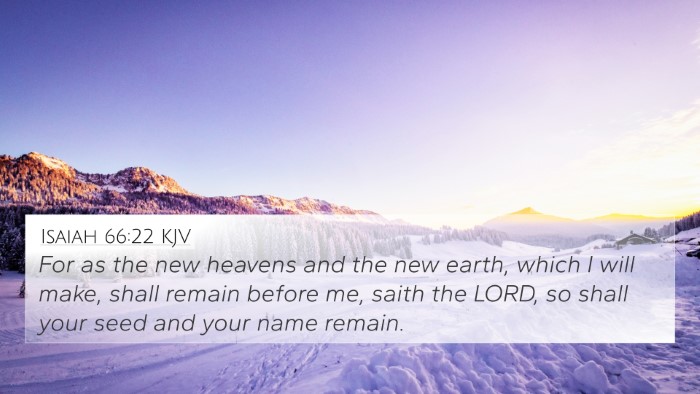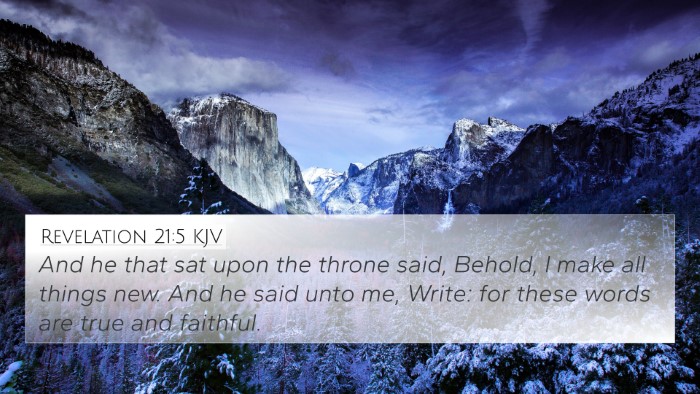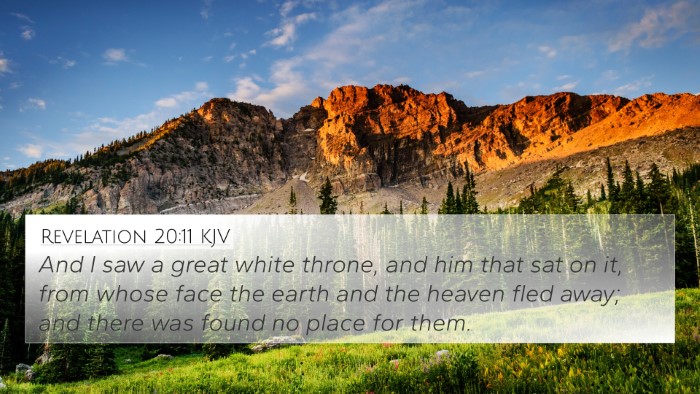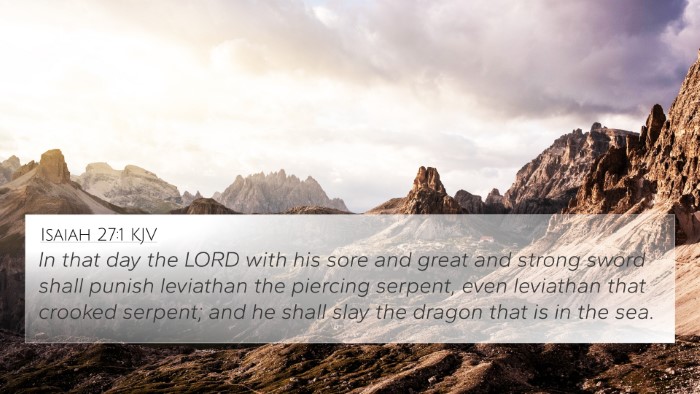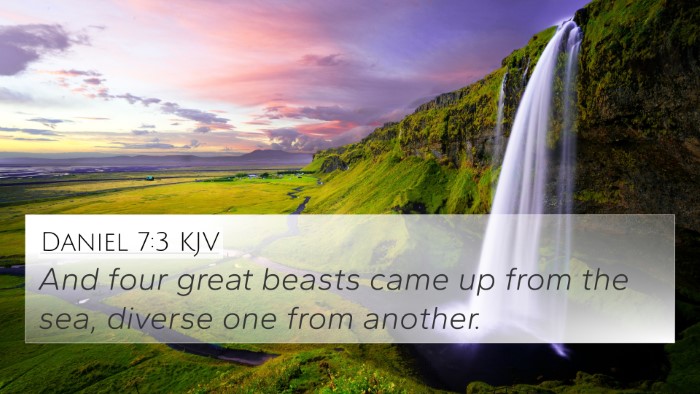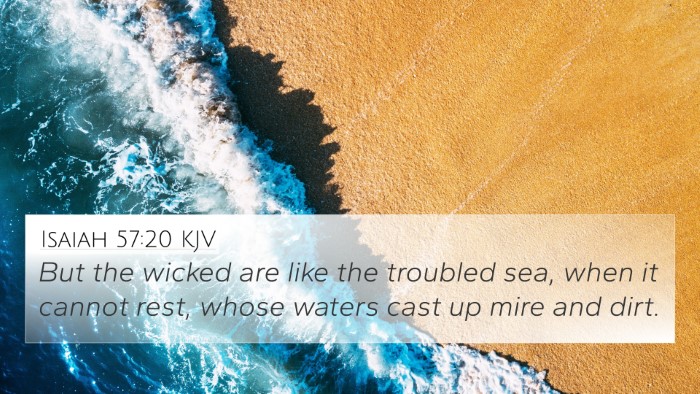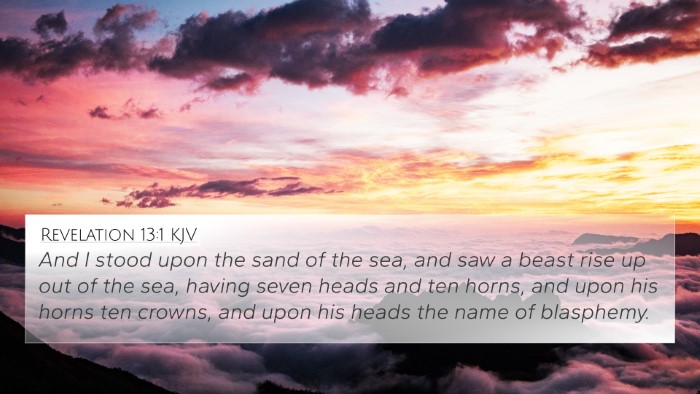Understanding Revelation 21:1
Verse: "And I saw a new heaven and a new earth: for the first heaven and the first earth were passed away; and there was no more sea."
This verse, the opening statement of Revelation 21, introduces the profound themes of renewal and hope found in the conclusion of the biblical narrative. Here, the Apostle John describes a vision of ultimate restoration, signaling the emergence of a new creation characterized by divine presence.
Commentary Insights
-
Matthew Henry:
Henry emphasizes the concept of a "new heaven and a new earth," highlighting the total transformation awaiting believers. He reflects on God's promise to create anew, as the old creation with its imperfections and sufferings is replaced by a glorious reality free from pain and sin.
-
Albert Barnes:
Barnes points out that the reference to the absence of the sea symbolizes peace and stability in God's kingdom. In ancient times, the sea was often associated with chaos and separation; thus, its absence signifies harmony and the fulfillment of God's covenantal promises.
-
Adam Clarke:
Clarke elaborates on the theological implications of this transformation. He interprets the "new heaven" as a spiritual realm perfected where God's glory fully manifests, contrasting it with the fallen state of the current creation.
Bible Verse Cross-References
Revelation 21:1 relates to several key scripture passages, highlighting the continuity of biblical themes and promises:
- Isaiah 65:17: "For behold, I create new heavens and a new earth; and the former shall not be remembered, nor come into mind."
- 2 Peter 3:13: "Nevertheless we, according to his promise, look for new heavens and a new earth, wherein dwelleth righteousness."
- Romans 8:21: "Because the creature itself also shall be delivered from the bondage of corruption into the glorious liberty of the children of God."
- Isaiah 11:9: "They shall not hurt nor destroy in all my holy mountain: for the earth shall be full of the knowledge of the LORD, as the waters cover the sea."
- Matthew 19:28: "And Jesus said unto them, Verily I say unto you, That ye which have followed me, in the regeneration when the Son of man shall sit in the throne of his glory, ye also shall sit upon twelve thrones, judging the twelve tribes of Israel."
- Revelation 20:11: "And I saw a great white throne, and him that sat on it, from whose face the earth and the heaven fled away; and there was found no place for them."
- Hebrews 12:26-27: "Whose voice then shook the earth: but now he hath promised, saying, Yet once more I shake not the earth only, but also heaven. And this word, Yet once more, signifies the removing of those things that are shaken, as of things that are made, that those things which cannot be shaken may remain."
Thematic Connections
Throughout the Bible, there are recurring motifs that link Revelation 21:1 with earlier scriptures:
- **Restoration and Renewal:** The promise of a new creation is a central theme from Genesis through Revelation.
- **Divine Justice and Righteousness:** Isaiah and Peter reflect on future judgment and the establishment of righteousness in the new creation.
- **The Absence of Chaos:** The absence of the sea echoes biblical themes of order and security in God's kingdom, contrasting with previous instances of chaos.
Conclusion
The vision in Revelation 21:1 serves as a profound promise to believers, encapsulating the hope of restoration and the fulfillment of God’s plan for creation. By understanding this scripture through the lens of cross-references and thematic analysis, readers gain insight into the continuity of God's work throughout history, pointing to a future transformed by grace.
